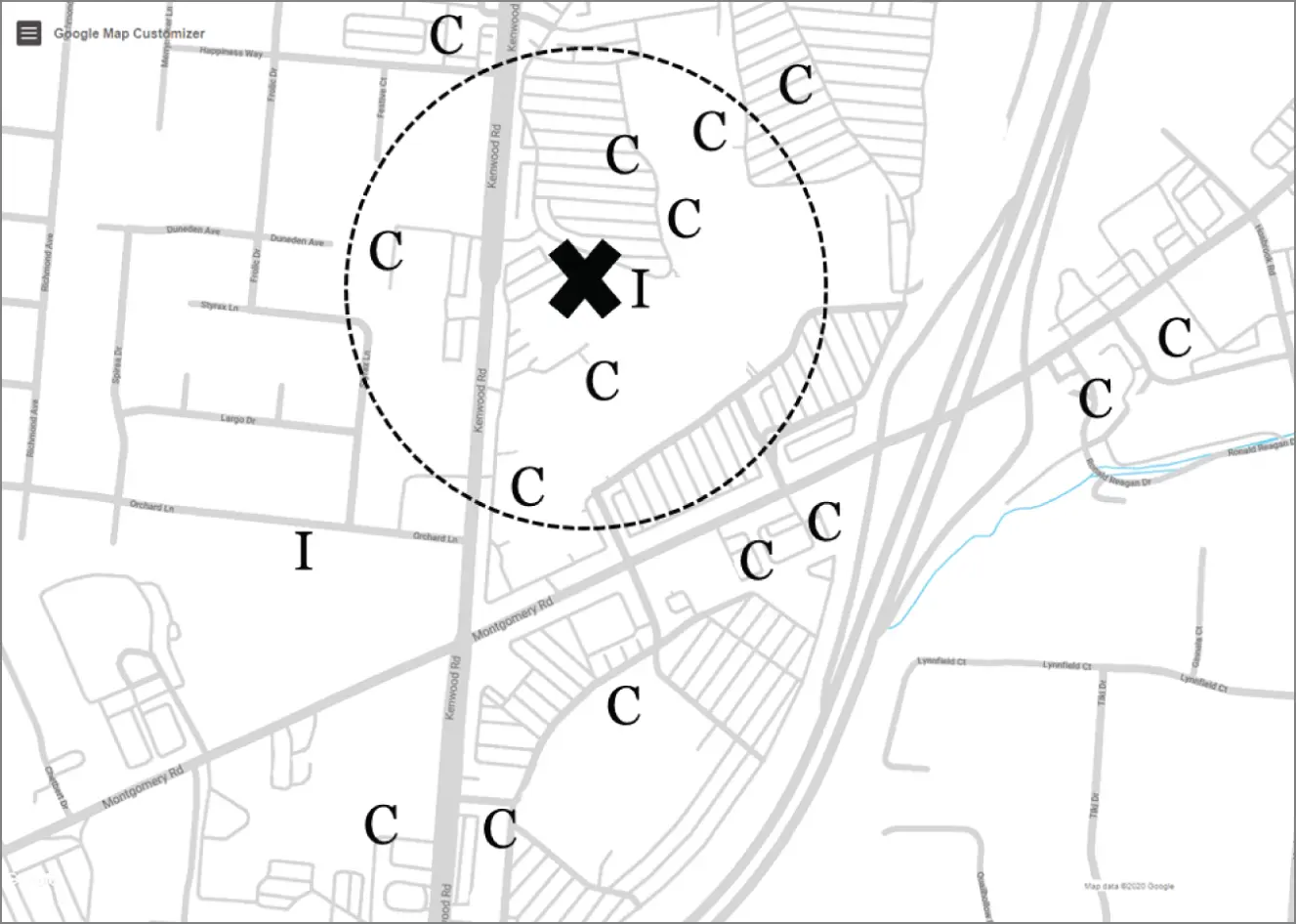In hindsight, our presentations were too technical. Part of the reason was pure stubbornness—before the mortgage crisis, as we learned, technical details were oversimplified; analysts were brought in to tell decision makers what they wanted to hear—and we were not going to play that game. Our audiences would listen to us.
But we overcorrected. Audiences couldn't think critically about our work because they didn't understand what we said.
We thought to ourselves there's got to be a better way. We wanted to make a difference with our work. So we started practicing explaining complex statistical concepts to each other and to other audiences. And we started researching what others thought about our explanations.
We discovered a middle ground between data workers and business professionals where honest discussions about data can take place without being too technical or too simplified. It involves both sides thinking more critically about data problems, large or small. That's what this book is about.
YOU CAN UNDERSTAND THE BIG PICTURE
To become better at understanding and working with data you will need to be open to learning seemingly complicated data concepts. And, even if you already know these concepts, we'll teach you how to translate them to your audience of stakeholders.
You'll also have to embrace the side of data that's not often talked about—how, in many companies, it largely fails. You'll build intuition, appreciation, and healthy skepticism of the numbers and terms you come across. It may seem like a daunting task, but this book will show you how. And you won't need to code or have a Ph.D.
With clear explanations, thought exercises, and analogies, we will help you develop a mental framework of data science, statistics, and machine learning.
Let's do just that in the following example.
Imagine you're on a walk and pass by an empty store front with the sign “New Restaurant: Coming Soon.” You're tired of eating at national chains and are always on the lookout for new, locally owned restaurants, so you can't help but wonder, “Will this be a new local restaurant?”
Let's pose this question more formally: Do you predict the new restaurant will be a chain restaurant or an independent restaurant?
Take a guess. (Seriously, take a guess before moving on.)
If this scenario happened in real life, you'd have a pretty good hunch in a split second. If you're in a trendy neighborhood, surrounded by local pubs and eateries, you'd guess independent. If you're next to an interstate highway and near a shopping mall, you'd guess chain.
But when we asked the question, you hesitated. They didn't give me enough information , you thought. And you were right. We didn't give you any data to make a decision.
Lesson learned: Informed decisions require data.
Now look at the data in the first image on the next page. The new restaurant is marked with an X, the Cs indicate chain restaurants, and the Is indicate independent, local eateries. What would you guess this time?
Most people guess (I) because most of the surrounding restaurants are also (I). But notice not all restaurants in the neighborhood are independent. If we asked you to rate your confidence 4 in your prediction between 0 and 100, we'd expect it to be high but not 100. It's certainly possible another chain restaurant is coming to the neighborhood.
Lesson learned: Predictions should never be 100% confident.

Over the Rhine neighborhood, Cincinnati, Ohio
Next, look at the data in the following image. This area includes a large shopping mall, and most restaurants in the area are chains. When asked to predict chain or independent, the majority choose (C). But we love when someone chooses (I) because it highlights several important lessons.

Kenwood Towne Centre, Cincinnati, Ohio
During this thought experiment, everyone creates a slightly different algorithm in their head. Of course, everyone looks at the markers surrounding the point of interest, X, to understand the neighborhood, but at some point, you must decide when a restaurant is too far away to influence your prediction. At one extreme (and we see it happen), someone looks at the restaurant's single closest neighbor, in this case an independent restaurant, and bases their prediction on it: “The nearest neighbor to X is an (I), so my prediction is (I).”
Most people, however, look at several neighboring restaurants. The second image shows a circle surrounding the new restaurant containing its seven nearest neighbors. You probably chose a different number, but we chose 7, and 6 out of the 7 are (C) chains, so we'd predict (C).
If you understand the restaurant example, you're well on your way to becoming a Data Head. Let's reveal what you learned, little by little:
You performed classification by predicting the label (chain or independent) on a new restaurant by training an algorithm using a set of data (restaurants’ location and their chain/independent label).
This is precisely machine learning! You just didn't build the algorithm on a computer—you used your head.
Specifically, this is a type of machine learning called supervised learning. It was “supervised” because you knew the existing restaurants were (C) chain or (I) independent. The labels directed (i.e., supervised) your thinking about how restaurant location is related to whether it's a chain or not.
Even more specifically, you performed a supervised learning classification algorithm called K-nearest-neighbor. 5 If K = 1, look at the closest restaurant and that's your prediction. If K = 7, look at the 7 closest restaurants and predict the majority. It's an intuitive and powerful algorithm. And it's not magic.
You also learned you need data to make informed decisions. Realize, however, that you need more than that. After all, this book is about critical thinking. We want to show how stuff works but also how it fails. If we asked you to predict, given the data in this Introduction's images, if the new restaurant would be kid-friendly, you wouldn't be able to answer. To make informed decisions, not just any data will do. You need accurate, relevant, and enough data.
Remember the technobabble we wrote earlier? “… supervised learning analysis of the binary response variable …”? Congratulations, you just did a supervised learning analysis of a binary response variable. Response variable is another name for label, and it's binary because there were two of them, (C) and (I).
You learned a lot in this section, and you did it without even realizing it.
WHO THIS BOOK IS WRITTEN FOR
As established at the beginning of this book, data touches the lives of many of today's corporate workers. We came up with the following avatars to represent people who will benefit from becoming a Data Head :
Michelle is a marketing professional who works side-by-side with a data analyst. She develops the marketing initiatives and her data coworker collects data and measures the initiatives’ impact. Michelle thinks they can do more innovative work, but she can't articulate her data and analysis needs effectively to her data coworker. Communication between the two is a challenge. She's Googled some of the buzzwords floating around (machine learning and predictive analytics), but most of the articles she found used overly technical definitions, contained indecipherable computer code, or were advertisements for analytical software or consultation services. Her search left her feeling more anxious and confused than before.
Читать дальше














